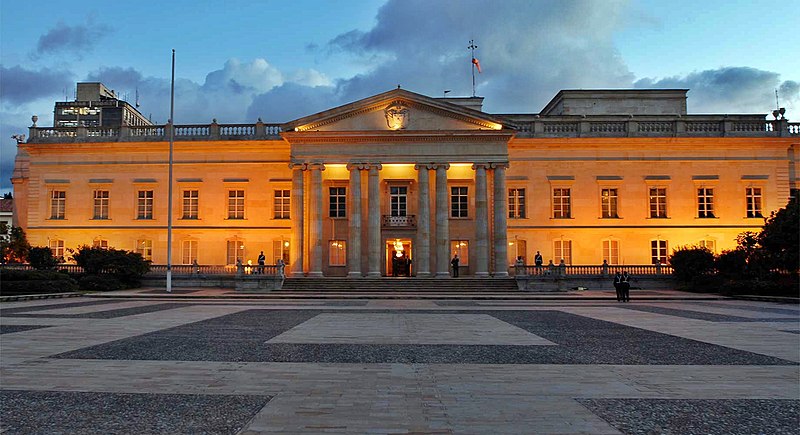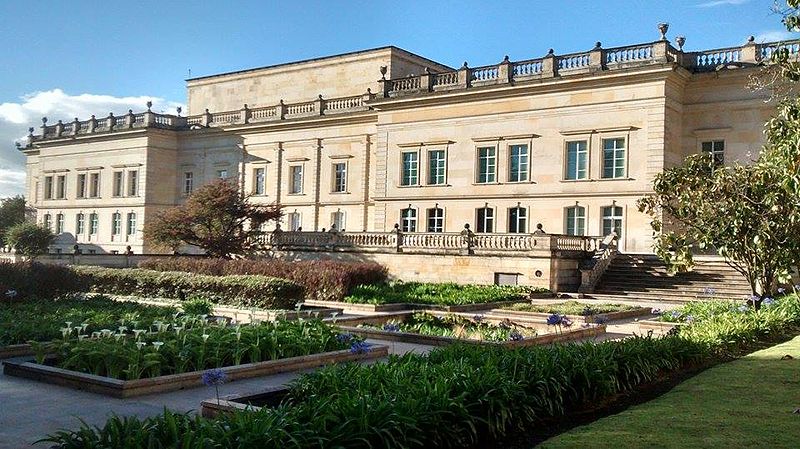
Nestled in the heart of Bogota, Colombia’s capital city, stands a grand architectural marvel that has borne witness to centuries of history and transformation. Casa de Nariño, the official residence of the President of Colombia, is not only an iconic symbol of the nation’s governance but also a repository of its political, cultural, and social evolution.
A Legacy of Centuries
Casa de Nariño’s history is intertwined with the broader historical narrative of Colombia. Originally constructed in the 17th century, the building’s early life was as a private residence, inhabited by various notable families. Its transformation into the presidential palace, however, would forever change its destiny.
Home of Heroes
One of the most significant chapters in Casa de Nariño’s history is its association with Antonio Nariño, a revolutionary and fervent advocate of independence. Nariño was instrumental in translating the Declaration of the Rights of Man into Spanish and distributing it across New Granada. As a tribute to his contributions, the presidential palace was named Casa de Nariño.

Architectural Splendor
The architecture of Casa de Nariño blends various styles, reflecting the passage of time and the nation’s evolving identity. Its façade exudes the elegance of neoclassical design, adorned with intricate details and stately columns. The interior boasts opulent salons, ornate decorations, and historic artworks that chronicle Colombia’s journey from colonial rule to republicanism.
The Heart of Democracy
As a seat of power, Casa de Nariño has borne witness to both triumphs and challenges. It stands as a testament to Colombia’s resilience, its struggles for democracy, and its aspiration to a better future. Within its hallowed halls, leaders have sought to navigate the complexities of governance, address the needs of the citizenry, and foster unity.
A Beacon of Culture
Beyond its political significance, Casa de Nariño plays a cultural role. The palace opens its doors to the public, inviting Colombians and visitors to immerse themselves in the nation’s history. Guided tours allow a glimpse into the presidential residence’s rich past and the artifacts that hold stories of a nation’s journey.

Guardian of Colombia’s Destiny
Casa de Nariño is not merely a building; it is a guardian of Colombia’s destiny. It stands as a reminder of the nation’s past struggles and victories, a testament to the enduring strength of its people. The palace’s significance transcends its physical structure, serving as a constant reminder of the responsibilities and aspirations that come with self-governance.
A Living Emblem
Casa de Nariño is more than a residence; it is a living emblem of Colombia’s journey. It embodies the nation’s struggles, achievements, and aspirations. From its historical roots to its role in contemporary politics, the palace stands as a silent witness to Colombia’s past, present, and future.
As Casa de Nariño continues to stand tall amidst the ever-changing landscape of Colombian politics and society, its significance endures. It serves as a source of inspiration for leaders and citizens alike, a reminder of the responsibility that comes with leadership, and a beacon of hope for a prosperous future.
See all the latest news from Colombia and the world at ColombiaOne.com. Contact our newsroom to report an update or send your story, photos and videos. Follow Colombia One on Google News, Facebook, Instagram, and subscribe here to our newsletter.

